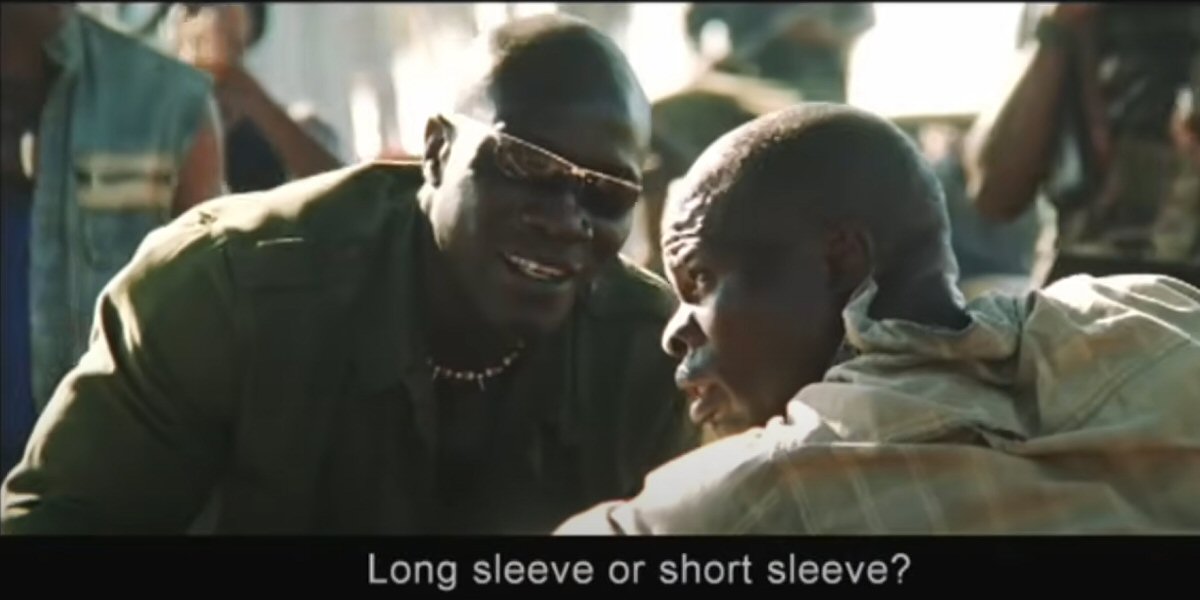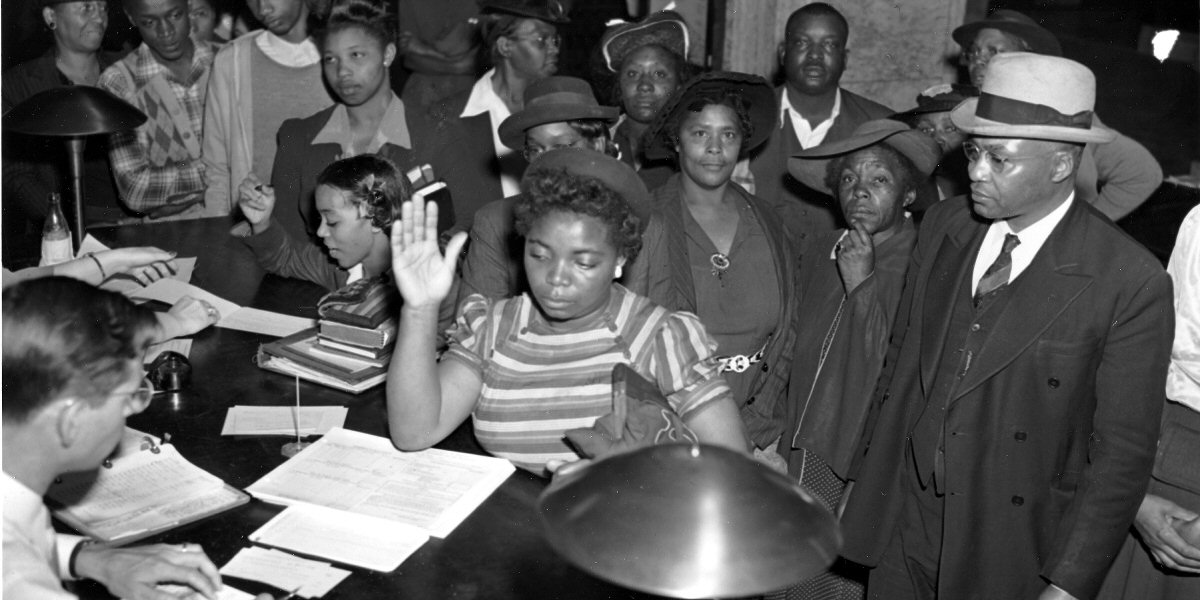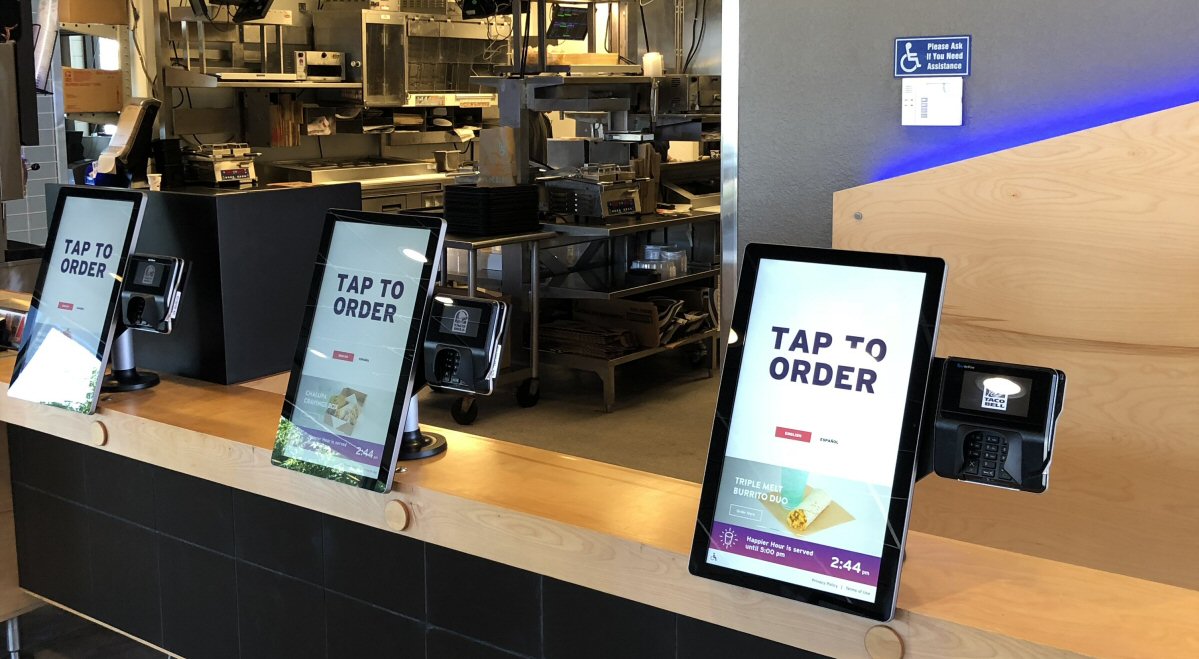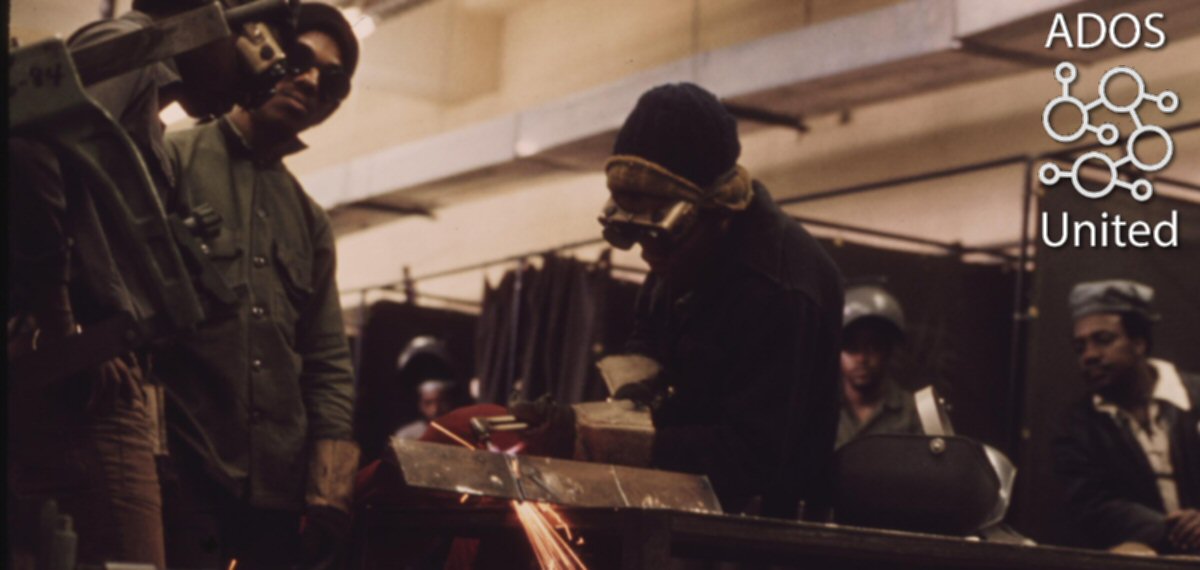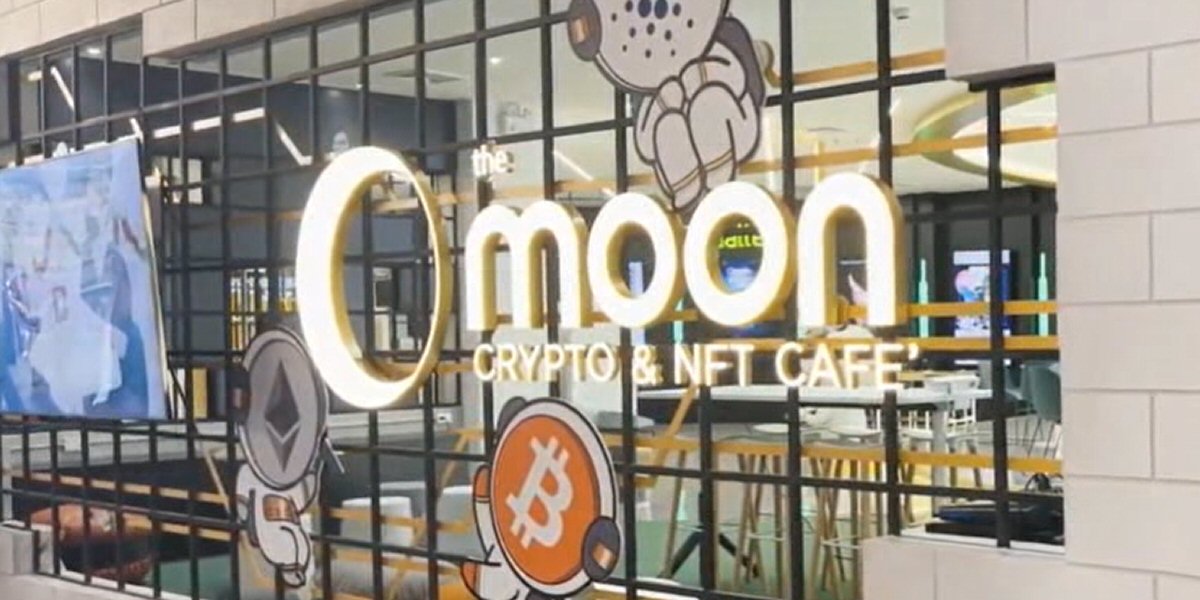How Merchant and the Flow Created a Virtualized Distribution System
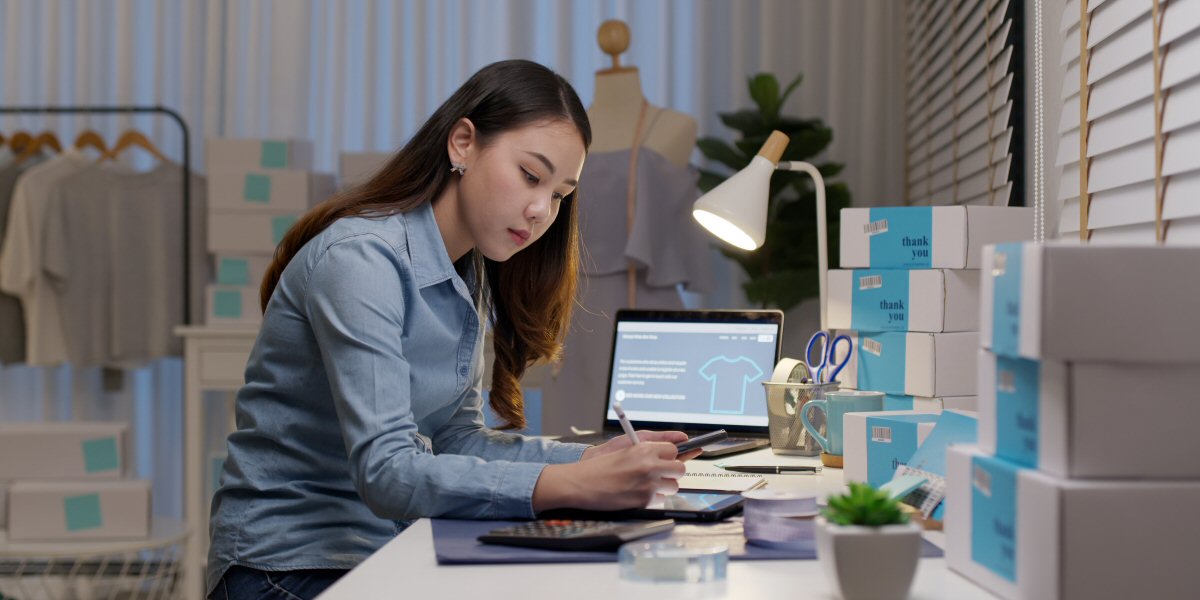
The current e-commerce system is flawed, outdated, and not scalable for 21st-century merchants. If you look at the e-commerce design model, the focus is to sell you a “virtual storefront” where you list your products and customers come to your space and perform a checkout. This approach limits the merchantability to sell anywhere and everywhere and also restricts the e-commerce platform provider from scaling out a merchant capability other than trying to drive customers to a storefront.
We realized there is a more awesome way to do e-commerce through our own research and development iterations and that is to focus on product-first. There is no primary reason to focus on a damn “virtual storefront” to mimic a physical storefront – that is really a simple-minded way to approach things. Will go as far to say there is probably not a need to even do “virtual storefronts” or a real rationalized reason to justify one – Esty, Shopify, Magneto, and all that other stuff out there focusing on setting up a “virtual storefront” as their business model.
In a product-first paradigm, you focus more on being a product owner that needs a product distributed. Now you are not some merchant with a virtual storefront hoping to drive traffic to your little space in the digital world; you have a product and your goal is to get it out to as many resellers as possible. Now that you are the product owner, we focus on resellers who can sell both their own product and sell your products as their storefront. So in essence, we now have an ecosystem where you have a product that any “merchant” can sell both their products and your products in a digital storefront and presence.
Do you want to know who does this? The Microsoft Xbox store and Sony PlayStation store. Not only do Xbox and PlayStation sell their own games, but they also sell games by other game developers such as Ubisoft, EA, and Rockstar. Now imagine you selling NFTs at an NFT café – not only do you sell your own NFTs as a creator, but you can also sell other NFT creations in your shop. I guess we can argue retailers sell their own store brand next to major brands on the shelves – this is the concept to help you understand better.
But things are a little different because what we have is a virtualized distribution system. As a seller, you can see a list of products that you can simply QR scan and it will be added to your inventory to sell to your customers. So imagine if you sell NFT chill-hop music – instead of creating a storefront that sells your 14 tracks, you can create a major store that sells other artists' NFT chill-hop music and all you have to do is scan a QR code or type in a code to add that blockchain music for sale. There is an old name for this concept called “endless aisles” that allow you to have more products to sell via a digital screen with QR codes within your physical store alongside physical products.
So here is an example – I want to side-hustle and sell printed t-shirts. Now I can find a physical storefront or use social media or set up my own e-commerce site using Merchant and the Flow. I will see as a seller, other t-shirts that I can add to my store as instant inventory to sell to my customers. This is not an affiliate program – this is actual distribution terms to perform just-in-time commerce. So I’m selling skateboard t-shirts and have access to that other shop inventory count and I’m a distributor of their product while selling my own. And they can sell my t-shirts in their shop and do the same distribution terms. Now we got an ecosystem of cross-sellers instead of one person, one shop like these other platforms selling only their own products from their own storefront and got to pay 5-figures for some marketing cross-links or whatever.
You should have caught on to something – yes, you can sell digital assets through Merchant and the Flow and leverage our virtualized distribution. That means you can start a business by renting a commercial space and buying some used digital screens from a pawn shop and displaying NFT artwork or an NFT music listening booth with a QR code on it – you don’t have to take money; they order everything from their phone and the money hits your bank account and now your bank balance is being hit different and you smiling. Thugs get all mad because they want to steal your digital flat screens but realize because you bought them at the pawn shop, the serials numbers are already registered with the police department and state/province database when the items were first pawned, yeah you didn’t realize that did you?
In reality, most entrepreneurs are not “merchants” they are product owners looking to distribute via Amazon or Target. Most merchants are more curators than product owners who can select products that reflect their storefront ideas and concept. You can create a commercial space called SistaSphere (our own geocode brand) where you have NFT artwork by sistas, NFT music by sistas, NFT recipes by sistas licensing their cooking secrets, and sell redeemable NFTs to buy handbags like a good quality used Hermes Birkin from Japan with the cheap yen.
You know the best part – another thing for those who are part of the Dream and Hustle Early Adopters can start building using our platform at no cost when we launch (we are launching soon, trust me – it’s finished). I will not be offering any incentives or discounts to the Black community because they can ask PoLight or Dr. Umar Johnson to help them build this stuff since the Black community like to support those characters over a real brotha like Ed Dunn who put in real work and now got real results. Ask Dr. Boyce Watkins and his blockchain certificate to build this stuff out for yall, oh yeah – thought so.
And knowing we can scale this out to El Salvador, South Korea, Japan, Lithuania, United Arab Emirates, South Africa, Senegal, and Mexico – you already know what the paper game looks like on our ends while you in the Black community sitting there talking up other folks. We already got digital hubs replicated around the world to support this. This is how we move forward with a product-first paradigm on our product-service-system Merchant and the Flow when it launches.




